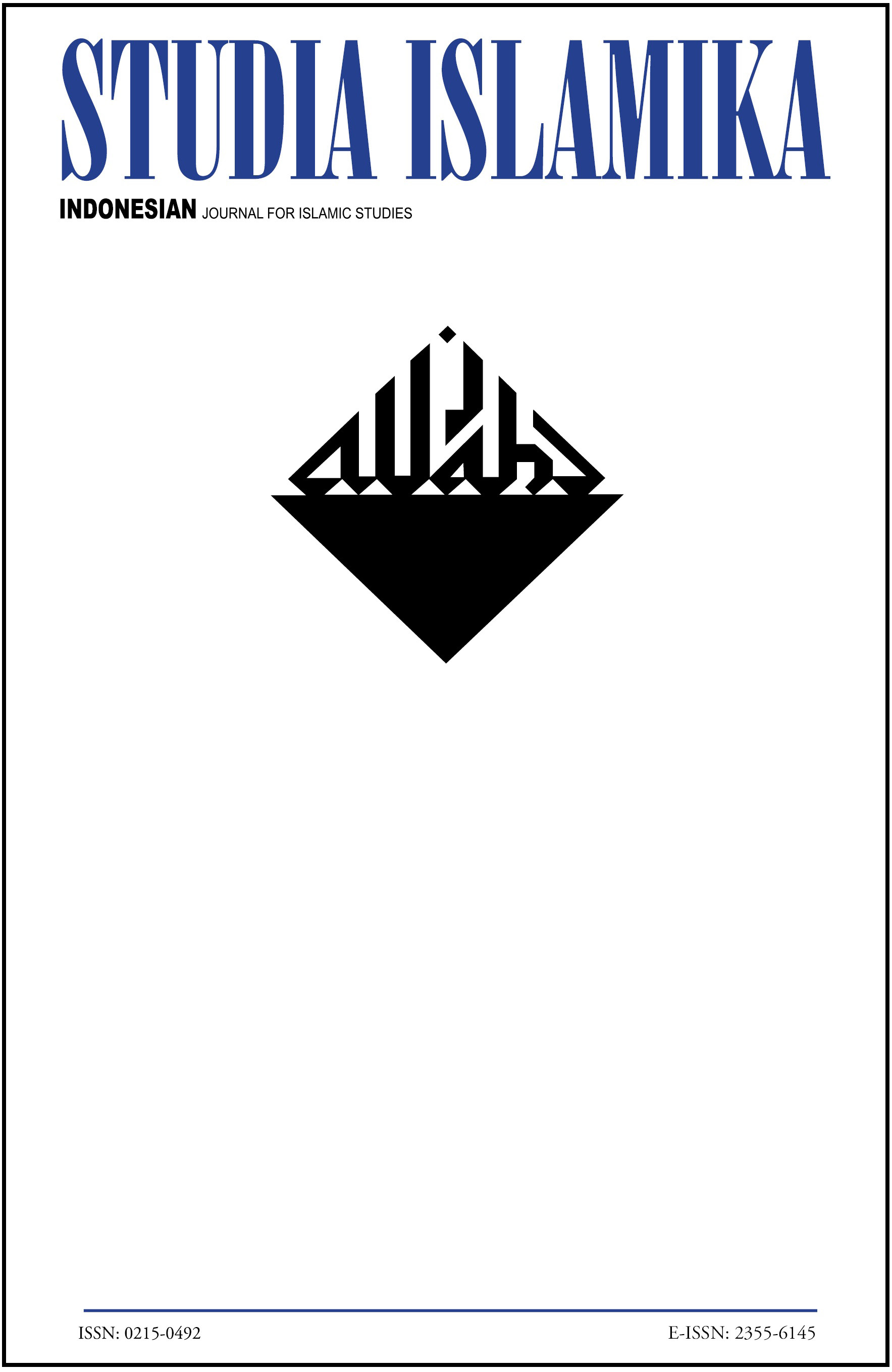Abstract
The Islamic textual history from the islandof Lombokin Indonesiahas so far been little explored. This is a pity as this history may provide important information about the way Islam has been perceived by the Sasak people, and the possible role the textual tradition has played in local and supralocal perspectives on the two varieties of Islam, waktu telu and waktu lima, on the island. Other aspects of the manuscript-based textual tradition of the Sasak have also only received scant attention. The reason for this is that many manuscripts with an Islamic content (or any other content for that matter) wait to be edited and translated. Manuscript production in Lombok has been enormous and thousands and thousands of manuscripts have been produced. It is therefore a paradox that despite this wealth of manuscripts, philologists have virtually ignored this text tradition and only a few text editions have seen the light so far. The overwhelming textual variety encountered in manuscripts from Lombok and their sheer numbers make the application of many traditional philological methods and approaches hazardous, and methodological uncertainty is an undesired situation in scholarship. One of the problems in philology seems to be the absence of consensus on yardsticks and when and how to apply them. I think the variation in the manuscripts of the Nabi Aparas is significant, but for others it may be that the variation among the manuscripts is well within expected limits. Apparently, a difference in expectations is at work here, but precisely these individual and subjective expectations are difficult to standardize. Whatever the case, for me the textual tradition of the Sasak people is fluent, and I strongly doubt whether a tradition of painstakingly copying texts word for word ever existed or that ‘copying’ texts indeed meant to change them to the copyist own desires, or that, apparently, the variation that was the result of these copying efforts was acceptable. We should perhaps rethink the meaning of the words ‘copy’ and ‘copying’ in this context as no true ‘copies’ are really about. In my view, there is no tradition of copying manuscripts but a tradition of the transmission of texts without or with only a limited component of real copying. The present article aims to discuss some of the variety found in manuscripts from Sasak provenance fromLombok to prove this point.Below we are concerned with a comparison of three tiny palm leaf manuscripts (lontar) (dubbed A, B, and C) that all three of which contain the Javanese text Nabi Aparas, or the Shaving of the Prophet. The manuscripts are written in the so-called jejawen script, which is the local form of Javanese script as used in Lombok. The manuscripts are regarded as jimat or magical charms and are considered efficacious for the protection against the many dangers one encounters in life such as sickness, burglary, fire, flooding, devils and evil spirits, and the hazards of travel. The manuscripts are so small that they can be carried any place at all times (as indeed recommended in the texts), and extensive explanations of the protective qualities of the text are added before and after the story of the shaving proper. The question may be asked here whether these manuscripts were indeed intended to carry a text actually to be read or rather sung, or whether the text is there to fulfill the requirements of a written jimat. The manuscripts give no information whatsoever about the author, copyist, the date of writing, or from what part of Lombok they originate; as usual for manuscripts from the Lombok area, no detailed colophons are provided.DOI: 10.15408/sdi.v17i3.454Authors who publish with this journal agree to the following terms:
- Authors retain copyright and grant the journal right of first publication with the work simultaneously licensed under a Creative Commons Attribution License that allows others to share the work with an acknowledgement of the work's authorship and initial publication in this journal.
- Authors are able to enter into separate, additional contractual arrangements for the non-exclusive distribution of the journal's published version of the work (e.g., post it to an institutional repository or publish it in a book), with an acknowledgement of its initial publication in this journal.
- Authors are permitted and encouraged to post their work online (e.g., in institutional repositories or on their website) prior to and during the submission process, as it can lead to productive exchanges, as well as earlier and greater citation of published work.
Downloads
Download data is not yet available.

